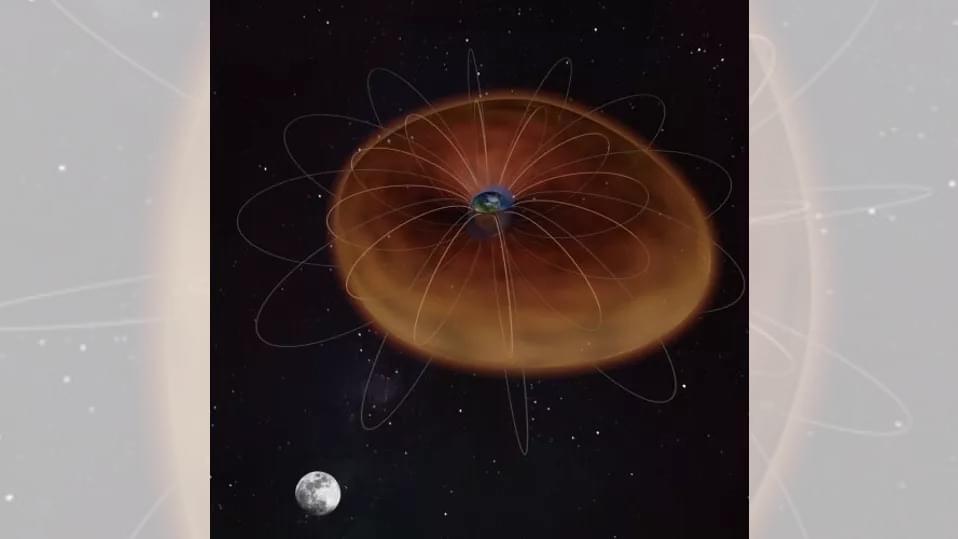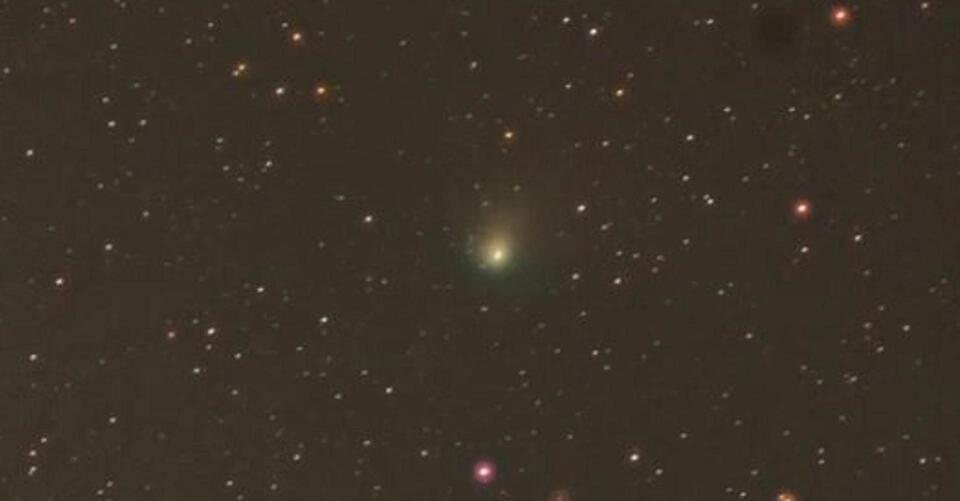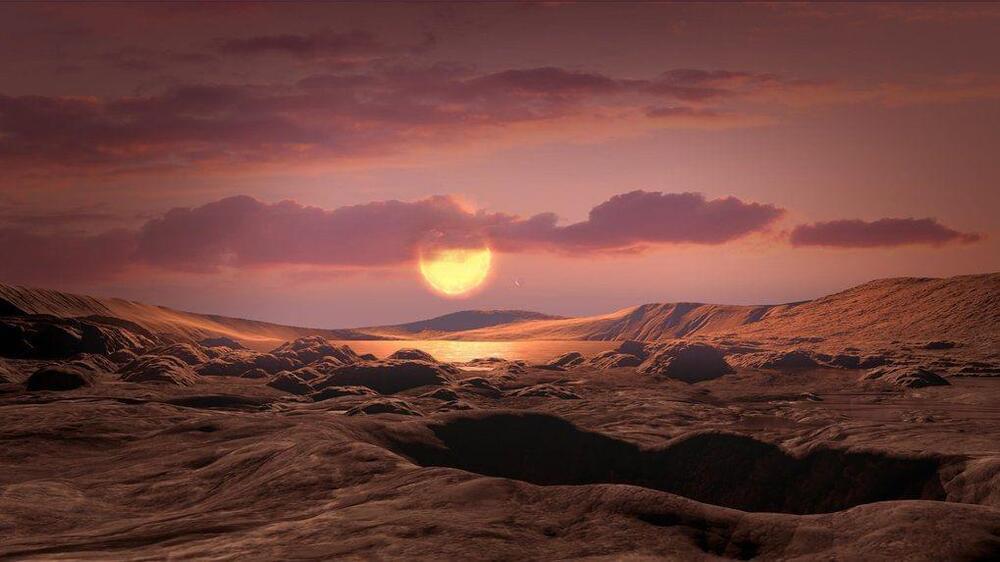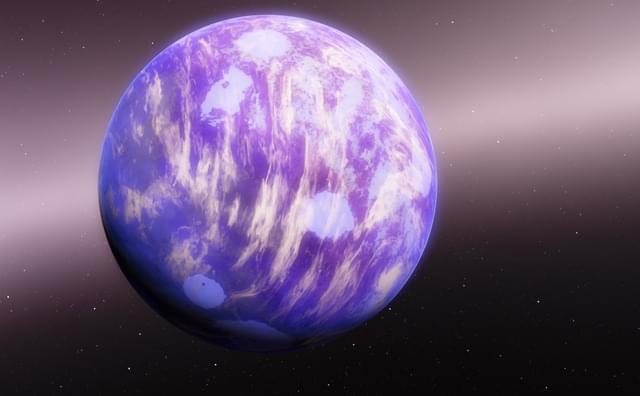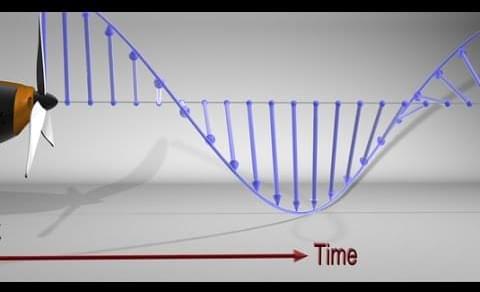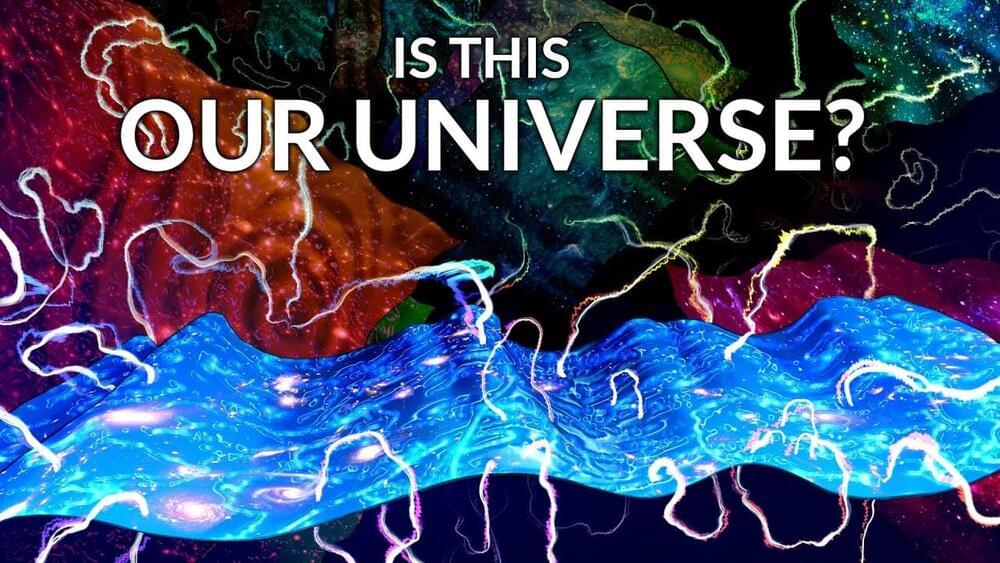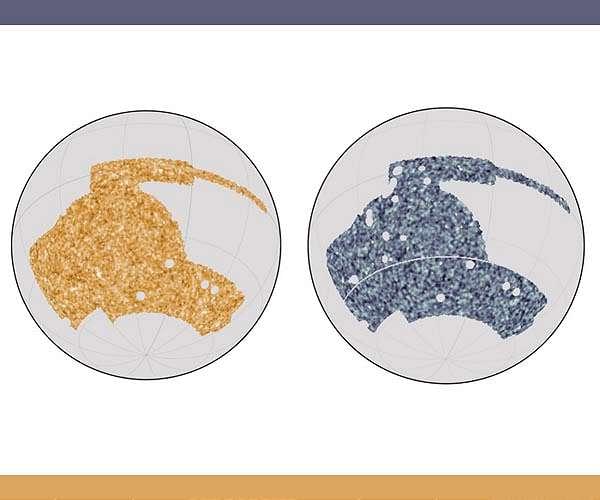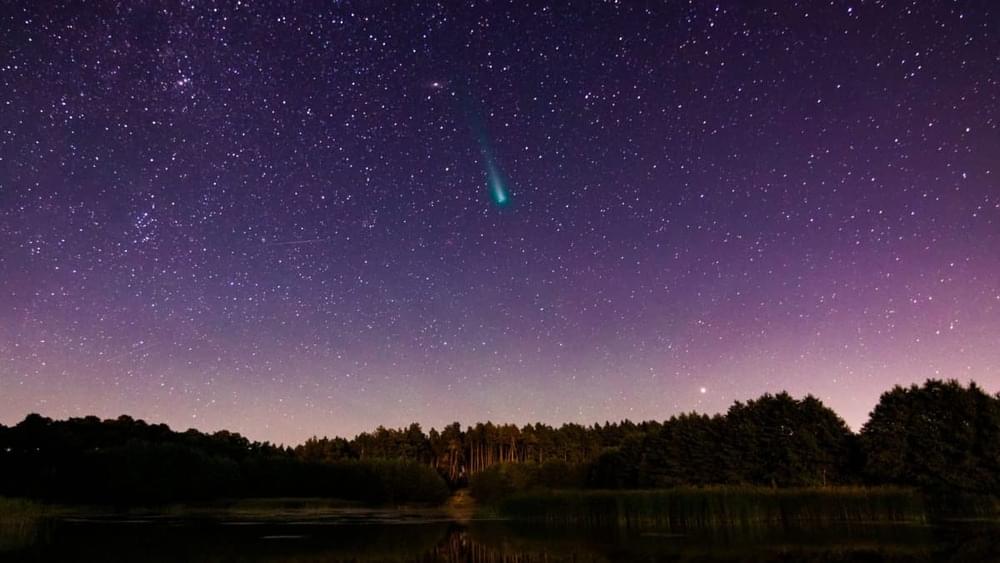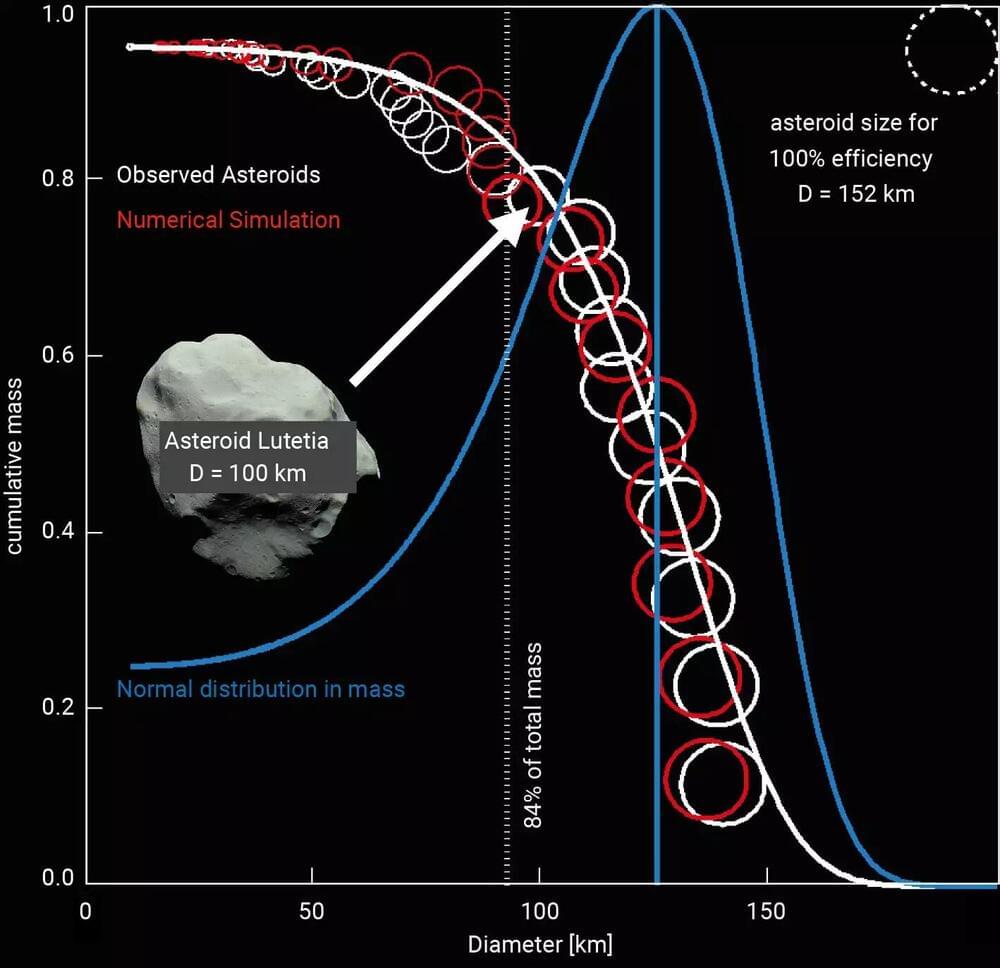
Researchers at UCL and the University of Cambridge have discovered a new type of ice that more closely resembles liquid water than any other known ices and that may rewrite our understanding of water and its many anomalies.
The newly discovered ice is amorphous—that is, its molecules are in a disorganized form, not neatly ordered as they are in ordinary, crystalline ice. Amorphous ice, although rare on Earth, is the main type of ice found in space. That is because in the colder environment of space, ice does not have enough thermal energy to form crystals.
For the study, published in the journal Science, the research team used a process called ball milling, vigorously shaking ordinary ice together with steel balls in a jar cooled to-200 degrees Centigrade.
